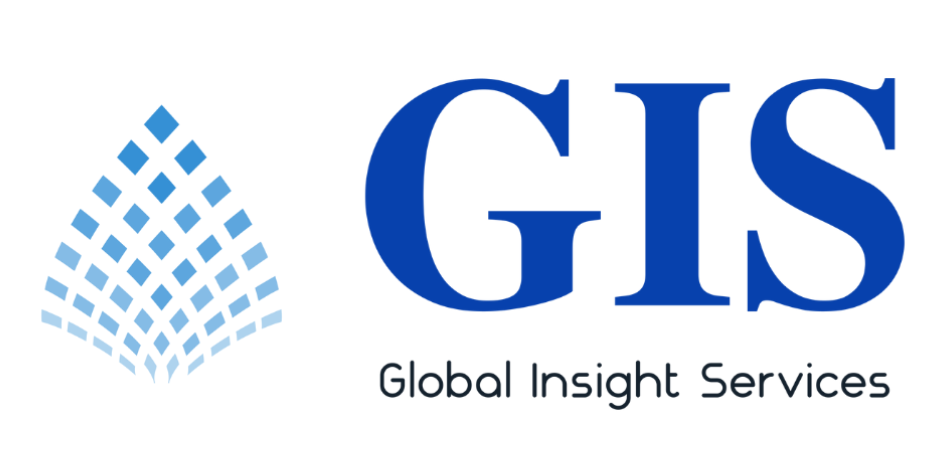
Market Overview
The Waste to Energy (WTE) Market is undergoing a significant transformation, expanding its global footprint as the demand for sustainable waste management solutions and renewable energy continues to climb. As of 2024, the WTE market is valued at $41.5 billion, and it is forecasted to grow to $75.3 billion by 2034, registering a CAGR of 6.1%. At its core, this industry revolves around converting municipal and industrial waste into usable energy through technologies like incineration, gasification, pyrolysis, and anaerobic digestion.
As waste volumes increase due to urbanization and industrial expansion, WTE technologies are emerging as a viable solution to reduce landfill dependency and create energy from otherwise discarded materials. In essence, the WTE sector aligns with global efforts to establish a circular economy, minimize greenhouse gas emissions, and diversify the energy mix by adding reliable renewable sources.
Market Dynamics
The growth trajectory of the WTE market is being shaped by several converging factors. First and foremost, the pressure on municipalities and governments to handle rising waste volumes in an environmentally responsible way is pushing investments in modern WTE infrastructure. Incineration leads the market, accounting for about 60% of the technology share, thanks to its high efficiency in both waste reduction and energy generation.
Click to Request a Sample of this Report for Additional Market Insights: https://www.globalinsightservices.com/request-sample/?id=GIS24529
Anaerobic digestion is also gaining momentum due to its dual ability to treat biodegradable waste and generate biogas, a clean fuel. Gasification, although less common, is starting to draw interest because of its high energy output and lower emissions profile.
On the demand side, rising energy needs are amplifying interest in WTE as a stable and scalable source of electricity and heat. Meanwhile, the adoption of AI and data analytics is helping operators optimize plant efficiency, reduce downtime, and lower operational costs. Still, the market faces challenges such as high upfront investment, regulatory complexities, and public skepticism about emissions. Despite these, ongoing innovations and supportive policy frameworks are enabling the market to overcome these barriers.
Key Players Analysis
A range of well-established and emerging companies is fueling innovation and expansion in the WTE market. Veolia Environnement, Suez, and Covanta Energy are among the dominant players, each with a broad international presence and a portfolio of advanced thermal and biological treatment solutions. These companies are focusing heavily on R&D to improve energy conversion rates and reduce emissions, staying ahead in a competitive landscape.
Hitachi Zosen Inova and Mitsubishi Heavy Industries Environmental Chemical Engineering are leveraging Japanese engineering expertise to scale highly efficient combustion and gasification systems. Meanwhile, Keppel Seghers, Babcock & Wilcox, and Wheelabrator Technologies are contributing with turnkey WTE plants and modular solutions tailored for urban settings.
The industry is also seeing the rise of innovators like Green Tech Innovations, Eco Energy Solutions, and Re Waste Power, which are developing compact, flexible systems aimed at emerging markets and smaller urban areas. These newer players are often agile, bringing cutting-edge technology to niche markets and helping decentralize energy and waste solutions.
Regional Analysis
Geographically, Europe remains the global leader in the WTE market, largely due to its mature infrastructure, robust regulatory support, and a strong push toward sustainability. Countries like Germany, Sweden, and the Netherlands have effectively integrated WTE into their national waste and energy strategies, with high recovery rates and minimal landfill usage.
Asia-Pacific is the fastest-growing region, driven by rapid urbanization, industrialization, and government initiatives aimed at reducing landfill use and generating cleaner energy. China and India are spearheading this growth with large-scale investments in incineration and anaerobic digestion projects to tackle mounting waste and energy shortages.
In North America, the United States is taking a proactive approach, supported by incentives for renewable energy and technological modernization of older WTE plants. Canada is following suit, with several new WTE projects in development.
Latin America, particularly Brazil and Mexico, is recognizing the benefits of WTE for both energy and environmental management. These countries are starting to implement supportive policies and public-private partnerships to drive adoption.
In the Middle East and Africa, WTE is still in the early stages but shows promising potential. Nations like the UAE and South Africa are investing in pilot projects to diversify energy sources and improve waste disposal systems.
Recent News & Developments
Recent developments have transformed the landscape of the WTE market. Technological advancements have driven down operational costs, enhancing the overall return on investment for new and existing facilities. As a result, the cost of generating electricity through WTE has become more competitive, typically ranging from $60 to $180 per megawatt-hour, depending on the technology and feedstock used.
Another major shift involves the integration of artificial intelligence and machine learning to manage plant operations. These digital tools enable predictive maintenance, automated sorting, and improved energy recovery efficiency. Leading companies such as Covanta and Suez are incorporating these technologies to stay ahead in operational performance.
Carbon capture and storage (CCS) technologies are also being explored and integrated into WTE facilities to reduce carbon footprints and align with global decarbonization goals. Policies like the EU Green Deal are further reinforcing the urgency for cleaner technologies and environmental compliance.
Despite advancements, some hurdles persist—particularly public resistance to incineration plants due to concerns over air quality. Moreover, high capital costs continue to be a barrier, although innovative financing models, including government-backed loans and public-private partnerships, are increasingly being used to bridge the gap.
Explore the Full Report: https://www.globalinsightservices.com/reports/waste-to-energy-wte-market/
Scope of the Report
This report offers an in-depth evaluation of the Waste to Energy market, covering the period from 2018 through the forecast horizon of 2034. It examines multiple market segments, including types of technologies (thermal, biological, chemical), applications (electricity generation, heat, fuel production), components, services, and end users.
The report also provides insights into regional performance, investment trends, technological developments, and competitive strategies. By analyzing drivers, restraints, opportunities, and regulatory landscapes, the study aims to provide comprehensive guidance to industry stakeholders, policymakers, and investors.
In addition, the research highlights smaller yet impactful sub-segments and evaluates emerging players who are shaping the future of the industry. Strategic movements like mergers, acquisitions, product innovations, and international collaborations are documented to showcase how the WTE market is evolving in real time. Ultimately, the report positions itself as a resource for understanding the full scope and future potential of the Waste to Energy market across the globe.
Discover Additional Market Insights from Global Insight Services:
Pipeline Maintenance Services Market is anticipated to expand from $25.8 billion in 2024 to $42.1 billion by 2034, growing at a CAGR of approximately 5%.
HVDC Transmission System Market is anticipated to expand from $11.2 billion in 2024 to $24.7 billion by 2034, growing at a CAGR of approximately 8.2%.
Transmission Line Market is anticipated to expand from $12.5 billion in 2024 to $23.1 billion by 2034, growing at a CAGR of approximately 6.3%.
About Us
Global Insight Services (GIS) is a leading multi-industry market research firm headquartered in Delaware, USA. We specialize in delivering high-quality data, insightful analysis, and tailored research tools to support strategic decision-making across a wide range of industries. At GIS, our commitment to excellence is reflected in our transparent research methodologies, reliable deliverables, and client-focused service. Whether you’re exploring emerging trends or validating investment opportunities, you can count on GIS for actionable insights and dependable support.
Contact Us
Global Insight Services LLC
16192 Coastal Highway, Lewes, DE 19958, USA
📧 Email: info@globalinsightservices.com
📞 Phone: +1-833-761-1700
🌐 Website: www.globalinsightservices.com

